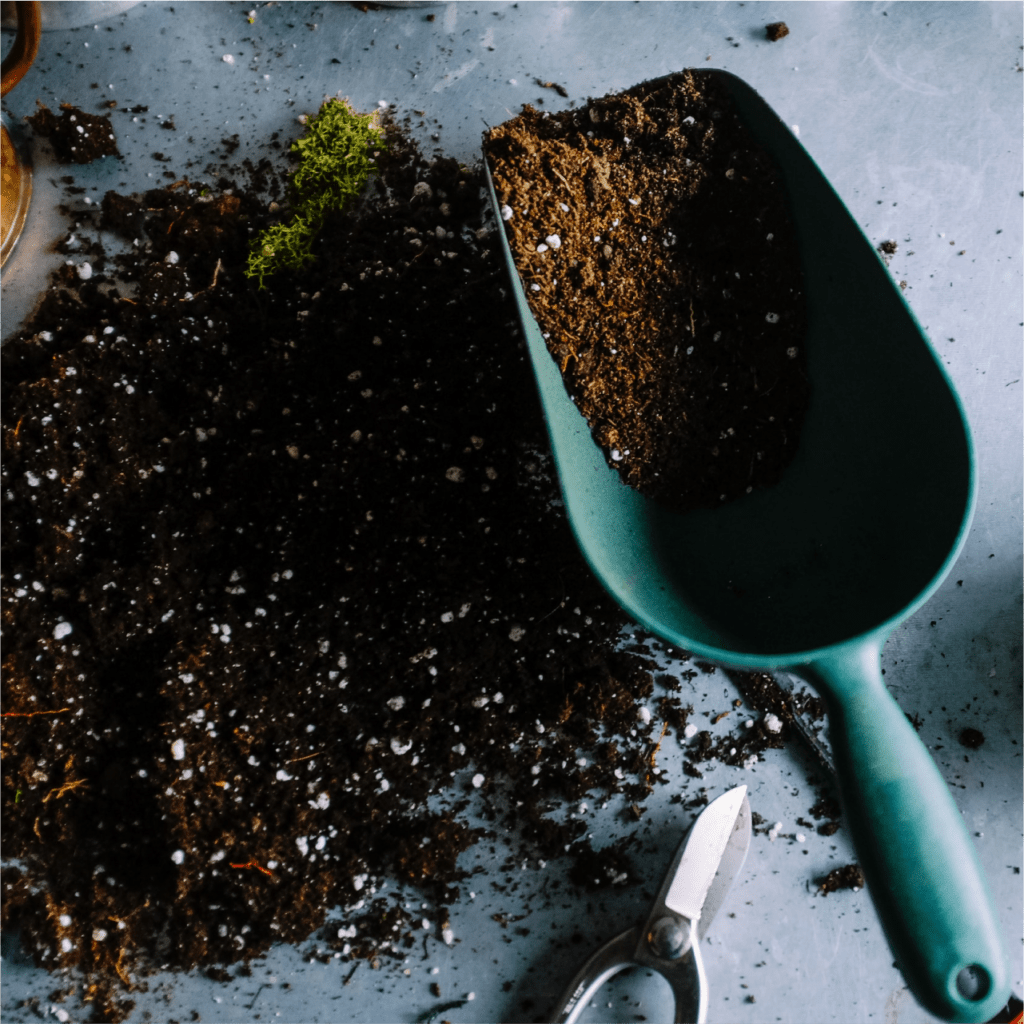If you’re like most people, you probably don’t spend much time thinking about potting soil for indoor plants. And if you do, it is nothing more than the stuff you used to grow plants in pots… The end! But what if I told you that there’s much more to potting soil than just dirt? And the correct soil can sometimes be essential for your plants to thrive!
In fact, there are a variety of different types of potting soil mixes available, each designed for a specific type of plant. Organic, non-organic, as well as all the components to make your own!
So before you can choose the right potting soil for your indoor plants, you must understand what your indoor plant needs and how to meet those needs.
In this blog post, we’ll take a closer look at indoor plant potting soil and what makes it unique.
We’ll also discuss the different types of potting soil additives available and which one is best for three basic types of indoor plants!
Lastly, we will provide a recipe for our favorite homemade soil mix!
The Soil for Indoor Plants shortlist:
Tropical Plants
If you’re growing indoor plants or tropical plants that need lots of humidity, most organic indoor ready-made potting mix is a great choice. And will probably be a great place to start for most of your indoor plants. A quality mix is skillfully designed to hold moisture, provide good drainage, and meet your indoor plants’ nutritional needs.
Also, a potting mix that includes coconut coir as the main ingredient is a good choice. Coconut coir is made from the fibrous husks of coconuts and is high in potassium, which helps plants to grow lush and green. It also retains moisture well, making it ideal for plants that need lots of water.
Just make sure the mix contains Perlite, Vermiculite, or crushed Lava to insure there is enough porosity to encourage proper airflow and healthy roots.
Orchids and Epiphytes
If you’re growing Epiphytes like Orchids, do not use regular soil for indoor plants! It will smoother the roots and cause root rot. You will need to either make your own mix or purchase a specialty mix. Keep in mind they prefer a potting mix that is high in organic matter but also provides great drainage and airflow for their roots.
A good orchid potting mix will retain moisture, while also providing good drainage, which is essential for their health. Remember It is important to avoid soils that are too dense, as they can encourage root rot or suffocate the plant’s roots.
Succulents and Cacti
If you’re growing cacti or succulents, they do best in indoor potting soil that is light and sandy. Soil that allows air to reach their roots is essential for succulents as they need very little water to thrive.
While I generally prefer an organic potting mix, over a non-organic potting mix, I have yet to find organic cactus soil mix in my area. So if you are not inclined to make your own cactus mix from scratch, I have found regular cacti and succulent mixes to be an adequate choice. At the end of the day, these plants need good drainage to prevent root rot. Just be sure to fertilize your cacti and succulents somewhat regularly, as they won’t get the nutrients they need from such a light potting mix.
Digging a little deeper
When it comes to potting soil, there are a variety of different types available on the market. Choosing the right one for each of your plants is important, as each type has different properties that can be beneficial or harmful to them.
Let’s talk about some of the components of potting soil as well as the readily available choices from your local garden center.
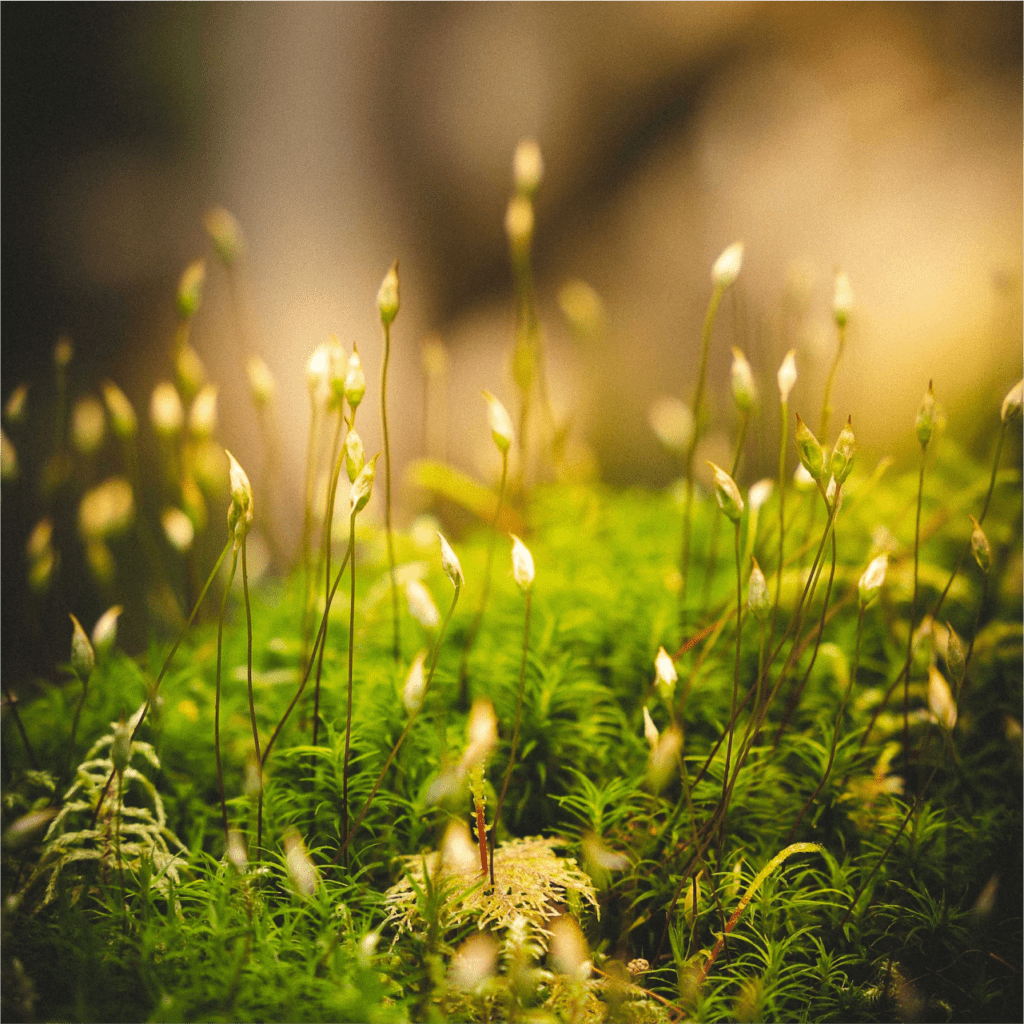

Sphagnum peat moss
One commonly used type of potting soil or potting mix component is known as sphagnum peat moss, sphagnum moss, or just peat moss.
While sphagnum moss is moisture-retentive and can help certain plants to grow better, it is now known to be extremely bad for the environment! Peat moss immediately starts emitting greenhouse gases after it has been harvested and the remaining peat moss continues to release carbon dioxide as well as methane into the atmosphere.
This soil medium can take a long time to decompose, when it does, it also releases carbon dioxide into the atmosphere. This is why many gardeners are now choosing greener alternatives like coconut coir instead of peat moss.
Another reason it is bad for the environment is that it is a non-renewable resource. Peat moss is made from the decomposed remains of moss and wetland plants, which have taken centuries to form in peat bogs. Once it is harvested from its natural habitat, peat moss can never be replaced. This means that it can cause irreversible damage to its natural habitat, including the wildlife that depends on it, and to the ecosystem in general.
In addition to its environmental impact, peat moss can also have a negative growth effect on some indoor plants. It can retain too much water, which can eventually suffocate plants. It can also contain high levels of potassium, which can be toxic to plants in large quantities.
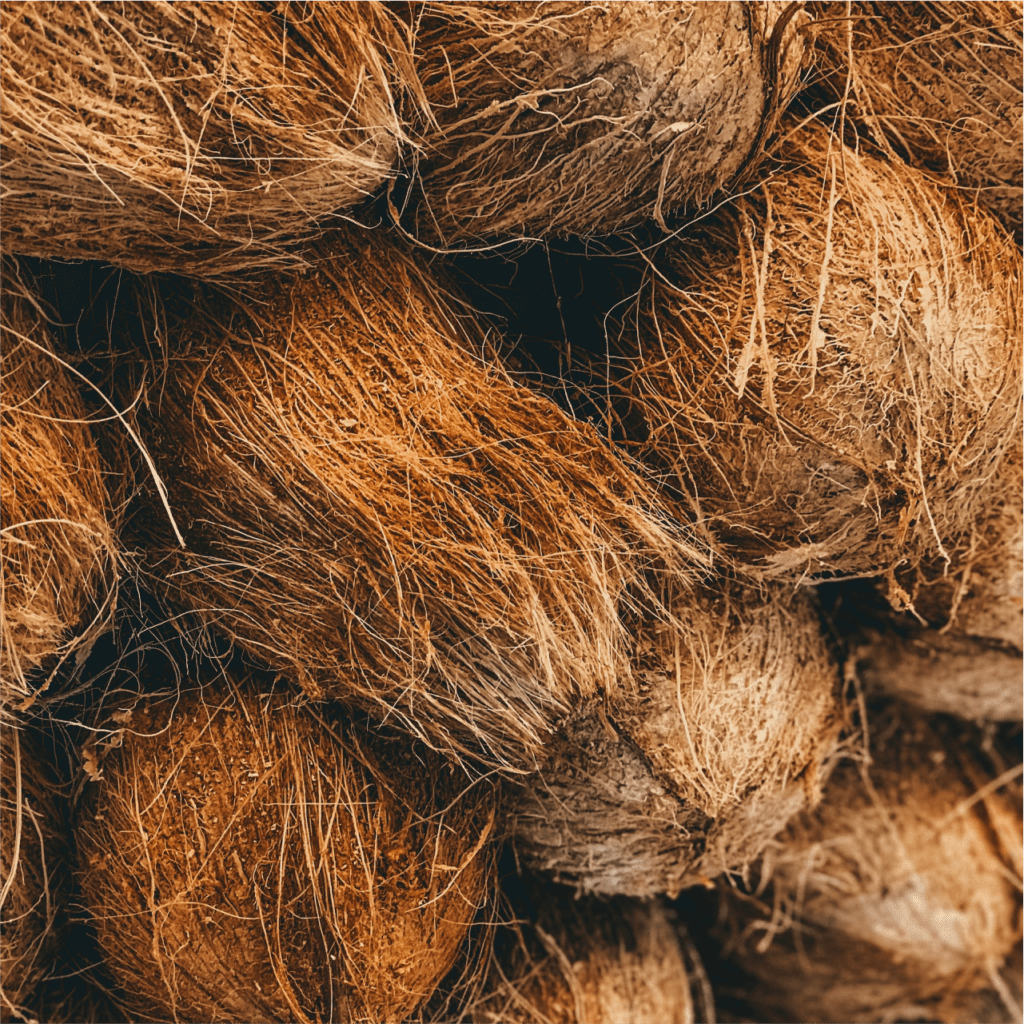

Coco Coir
Coco coir is a sustainable alternative to peat moss and other traditional planting materials. It is made from the shell of coconuts, which are a renewable resource, and it is 100% biodegradable.
Coco coir has many benefits for the environment. It helps to reduce greenhouse gas emissions since it does not require the burning of fossil fuels to produce. It also helps to conserve water, since it is highly absorbent. In addition, coco coir is an excellent way to recycle coconut husks, which would otherwise be discarded as landfill waste.
This soil medium is also a good choice for your plants. This soil for indoor plants features a high level of porosity, as well as good drainage. This allows it to hold onto water and nutrients.
It also has a neutral pH level, so it will not disturb the delicate balance of your soil. In addition, coco coir provides excellent drainage, so your plants will never have to suffer from root rot or overwatering.
Overall, coco coir is an environmentally friendly choice that will help your plants thrive.
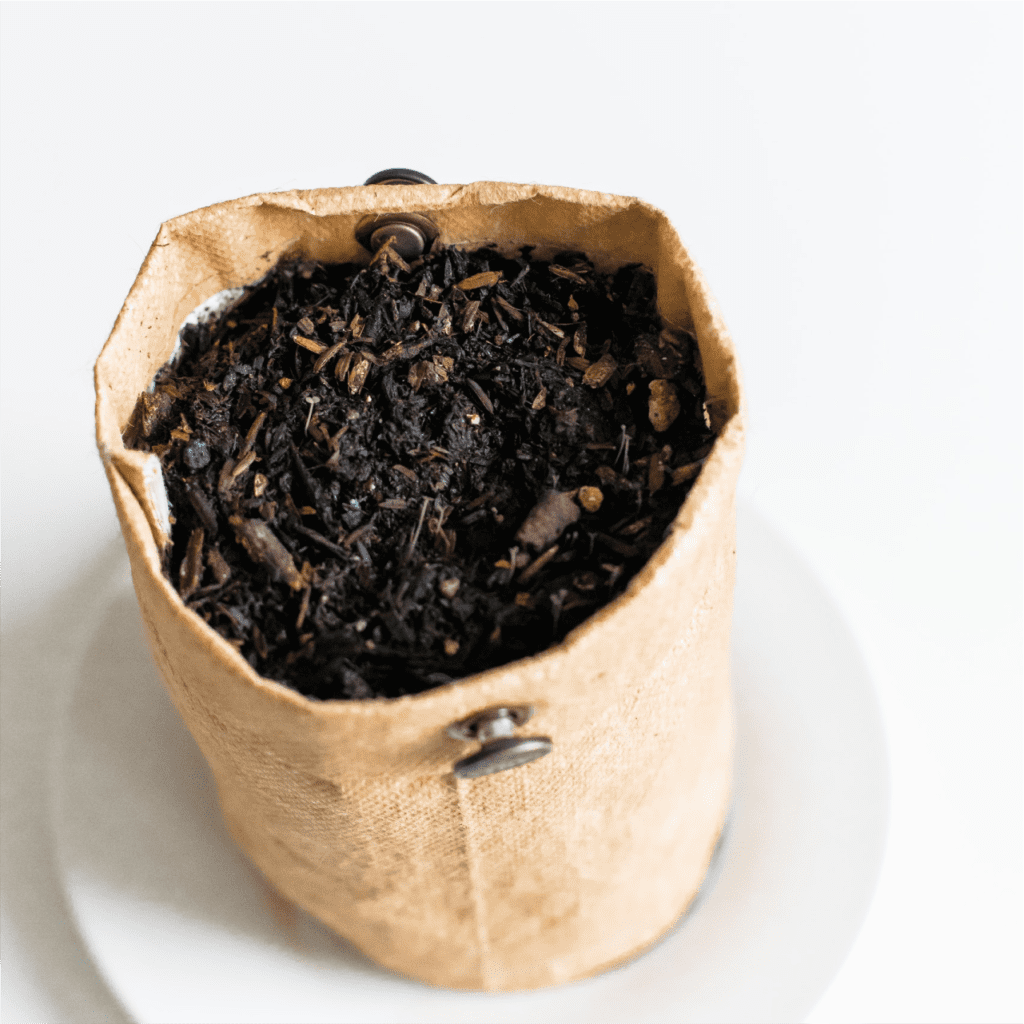

Compost
Compost is an environmentally friendly soil mix that is rich in organic material because it is made from an array of organic materials that would otherwise end up in landfills. Compost is packed full of nutrients that help plants thrive, which means it can potentially be an excellent potting medium for both indoor and outdoor plants.
It can also help to regulate moisture levels, which is essential for preventing root rot. In addition, compost is a great way to recycle kitchen and garden waste.
However, there are a few things to keep in mind when using compost indoors.
First, it is important to make sure the compost is well-aerated. Be sure the mix contains Perlite, Vermiculite, or crushed Lava to insure there is enough porosity to encourage proper airflow and healthy roots. Otherwise, it can become waterlogged over time and smother the roots of your plants.
Second, be sure to use a high-quality option of sterilized compost. Unsterilized compost can contain gnats, mites, and other insect larvae. It may also contain harmful bacteria or fungi that could harm your plants and potentially you.
Overall a potting mix with compost is a great option for your indoor potted plants, just be sure to use it wisely to avoid any problems.
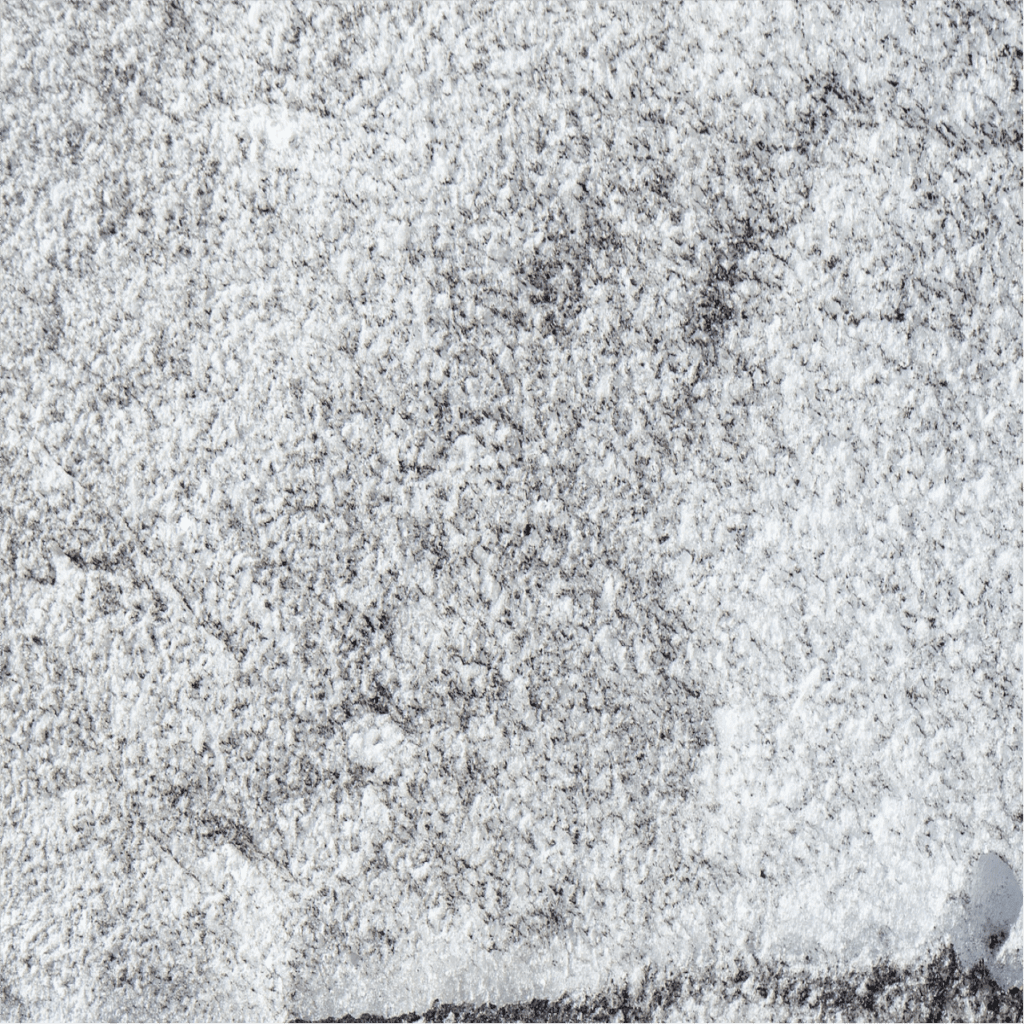

Perlite
Perlite is a type of volcanic glass that is extremely porous. It is used in a variety of applications, including horticulture, construction, and insulation.
Horticulturally, perlite is used as a soil amendment or potting mix ingredient, to improve drainage and aeration. It can also be used as a medium to start cuttings or seedlings.
Perlite can be mined from natural deposits or better yet, produced from recycled glass. It is an extremely lightweight material with a low carbon footprint, making it an environmentally-friendly choice for many applications.
Perlite is a great additive for all potting mixes!
The only consideration to keep in mind is how much to use for your plant type. Plants like cacti and succulents, orchids, or plants that need extra aeration and fast drainage, may require more perlite than a moisture-loving plant like most houseplants or tropical plants.
Vermiculite
Vermiculite is a hydrated laminar mineral that is aluminum-iron-magnesium silicate in composition. It is classified as a phyllosilicate and a member of the mica group of minerals. Vermiculite forms by weathering or hydrothermal alteration of biotite or other clay minerals.
When heated, vermiculite expands up to eight times its original volume due to the loss of water from its structure. This expansion process is called exfoliation and it gives vermiculite a low density and high absorbency.
Vermiculite has a wide range of uses due to its unique properties. One of the most popular uses is as an additive in potting mixes and seed Starting Mixes. It provides essential aeration and drainage while also retaining moisture and nutrients.
While vermiculite has many benefits, unfortunately, it can also pose some health risks if inhaled. When it is heated or disrupted, vermiculite can release asbestos fibers into the air where they can be breathed in. Asbestos exposure has been linked to lung cancer and other respiratory diseases. For this reason, it is important to take precautions when working with vermiculite products such as wearing a dust mask or working in a well-ventilated area.
For this reason along with the fact that it has to be mined versus produced from recycled glass, I not only prefer but advocate the use of perlite over vermiculite.
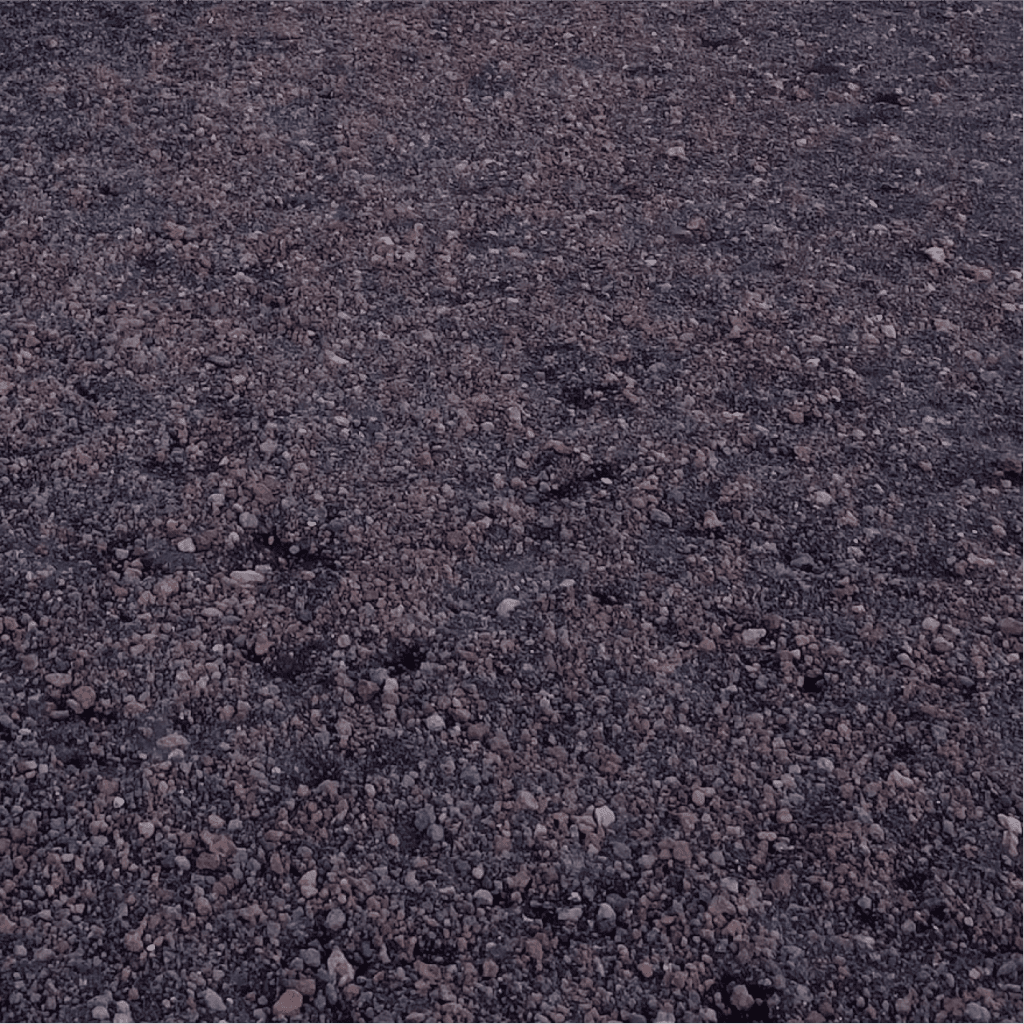

Crushed Lava Rock
Crushed lava rock is an excellent addition to an array of different potting mixes. Not only does it provide essential nutrients for plants, but it also helps to improve drainage and aeration.
Lava rock can help to insulate the root system of your outdoor plants from extreme temperatures. As a result, plants that are grown in lava rock are often more resilient and productive.
One of the most important benefits of crushed lava rock is its ability to improve drainage. Lava rock is highly porous, which means it absorbs water quickly and helps to prevent waterlogging. In addition, the small pieces of lava rock create numerous air pockets that allow oxygen to reach the roots of plants. This improved aeration can lead to healthier and happier plants.
Crushed lava rock is also an excellent source of nutrients for plants. Lava rock is rich in minerals such as calcium, iron, magnesium, and potassium. These essential nutrients can help to promote strong root growth and vibrant foliage. The slow release of these natural nutrients helps to reduce the need for added fertilizers.
Overall, crushed lava rock is an extremely beneficial amendment to any potting mix. Its ability to improve drainage, and aeration, and deliver essential nutrients, makes it an ideal choice for a wide variety of plants.
Unfortunately, tiny crushed lava may be harder to find than other aerating soil amendments. But is my ultimate choice for all of my plants
Big Box Bagged potting soil
For years, bagged potting soil has been an indoor gardener’s best friend. But what exactly is this soil, and how does it differ from the stuff you find in the ground?
Bagged potting soil is a type of planting medium that is specifically designed for use in containers. It is usually made from a blend of peat moss, perlite, and vermiculite, which work together to provide drainage and aeration while retaining water and nutrients.
Unlike garden soil, potting soil is sterile, which means it won’t introduce any harmful pests or diseases into your home. Additionally, it is lighter and easier to work with than garden soil, making it ideal for potted plants.
While potting soil does have its advantages, it is important to remember that all brands are not created equal. Different brands have mixes that can dry out quickly.
Tips for choosing a brand
- It is important to read the label and to know what’s in the bag.
- If you are unsure? Don’t be afraid to ask a salesperson for help at your local nursery.
- Insure you have all the components needed for your type of plant.
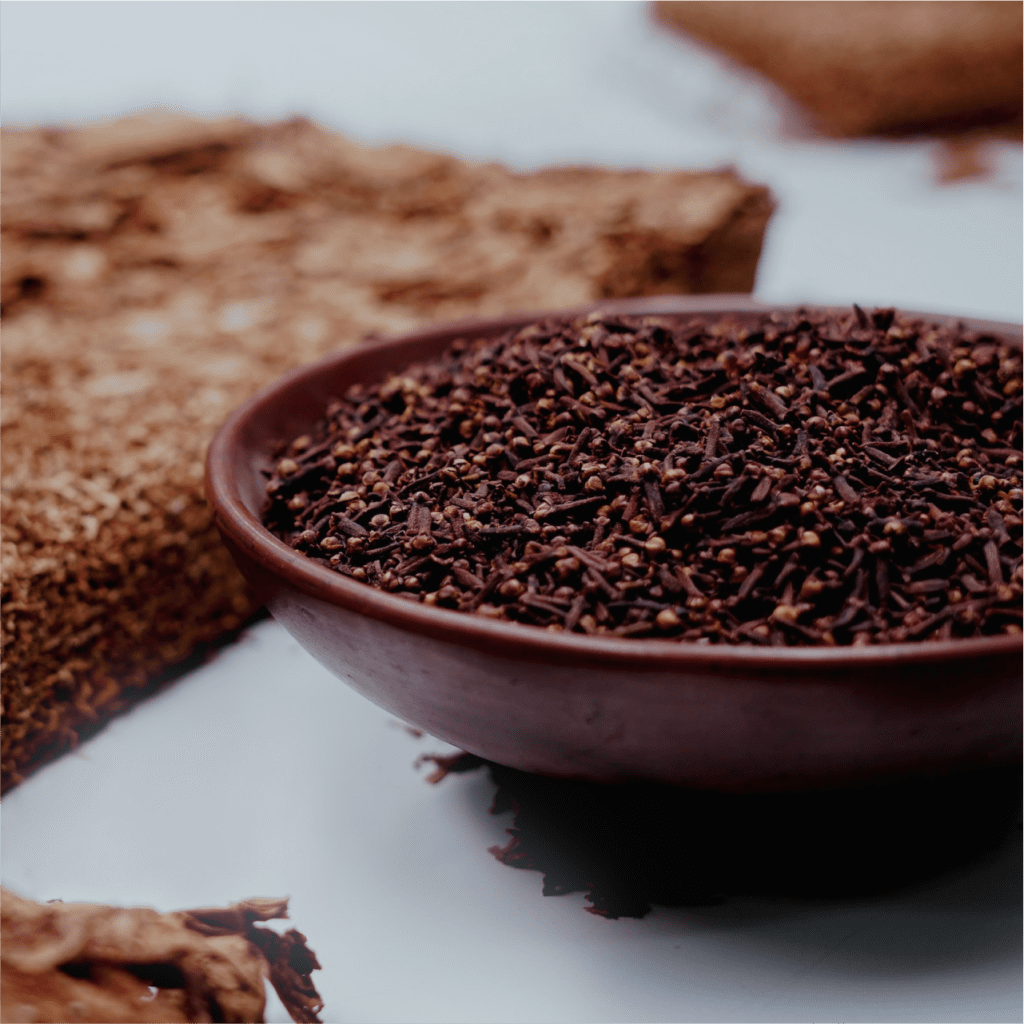

Organic potting mix
When it comes to an indoor potting mix, there are two main types: organic and inorganic.
Inorganic mixes, such as Miracle-Gro or Black Gold, are made from materials like perlite, vermiculite, and peat moss. These mixes are designed to be lightweight and provide good drainage, but they can be full of chemicals or lack nutrients.
Organic potting mixes, on the other hand, like the Espoma Organic Potting Mix are made from natural materials like composted bark, compost, coco coir, and perlite. These mixes are nutrient-rich and good for the planet. But they may also be heavy on plant material and thus water retention, which lacks proper drainage for some plants.
No matter what type of potting mix you choose, make sure it’s free of weeds, insects, and disease.
These pests can quickly infest your indoor plants and cause problems. To be safe, it’s best to start with a sterile potting mix that you can purchase at your local garden center.
Tips for sterilizing your potting soil.
- Bake the compost or potting mix in an unneeded or old pan at 200 degrees should do the trick. Don’t have an old pan use? Trying using a recyclable aluminum pan instead.
- Deep freeze your potting soil in a zipper bag for a week. Be sure to allow it to properly thaw out for a couple of days before using it to re-pot a new plant.
Always inspect your soil closely to make sure you cannot see any pests or potential issues.
Both of these methods are easy to do and should kill off most contaminants in the soil. The baking method is the most proven way to sterilize the soil. Freezing seems to help with sterilization but some argue that it may not kill off everything that may be dormant in the soil.
My go-to recipe for an organic, quick mix, soil for indoor plants
In a bucket, bowl, or pale, I like to thoroughly mix together
60% Sterilized Organic soil
20% perlite
20% crushed lava
This is a generally great all-purpose soil for indoor plants. But I do adjust the soil mix proportions as needed to fit the plant’s needs.
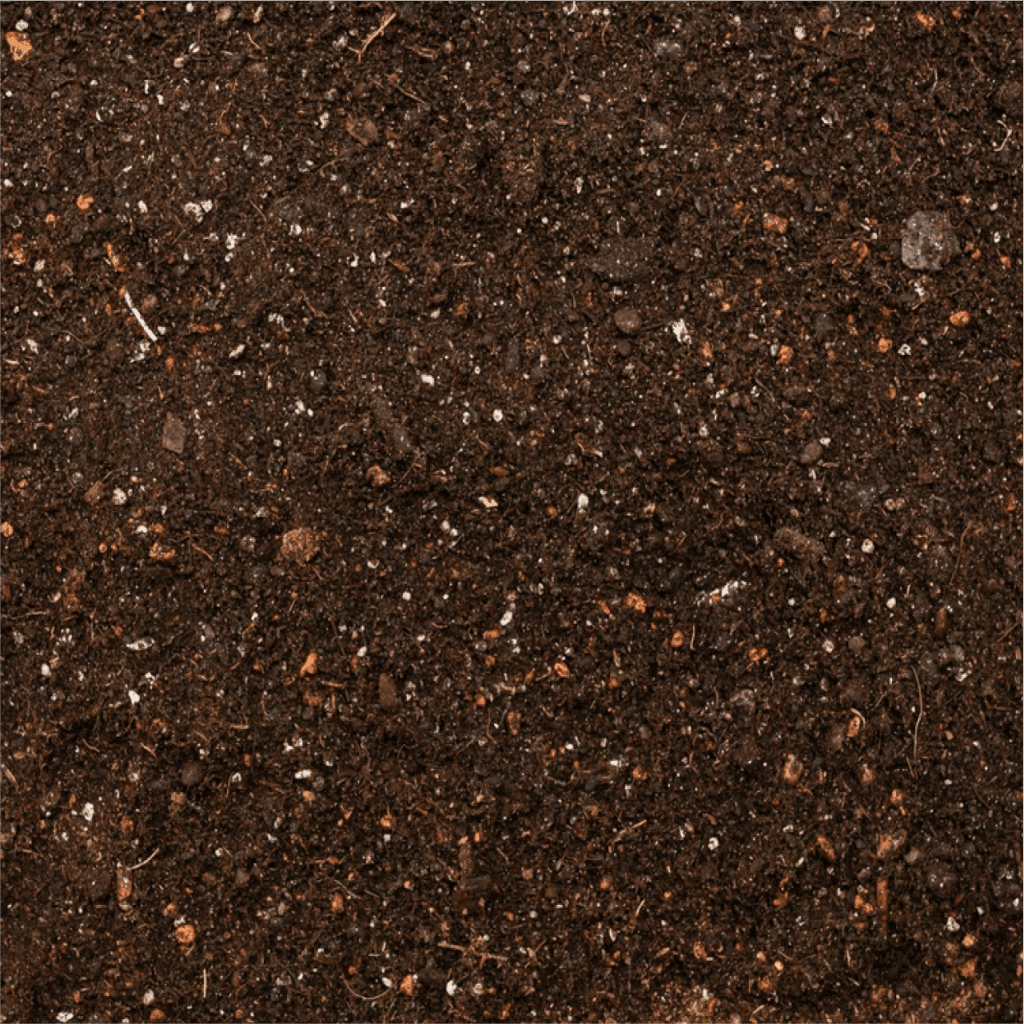

Creating the best potting soil from scratch.
While the quick recipe above only augments existing potting mixes, this best potting soil recipe we will start from scratch.
Best soil mix Recipe: Organic Potting Soil
In a bucket, bowl, or pale, I like to thoroughly mix together
40% Coconut Coir
20% Perlite
20% Crushed lava
20% Sterilized Compost
With a sprinkle of earthworm castings if available
My best organic potting mix is a nutrient-rich organic potting soil, a well-draining potting mix, and a moisture-retaining mix all in one. While this version may take more steps and time, your plants will surely thank you for it!
Thank you for reading my post on Potting soil!
I hope you have enjoyed this post on the different kinds of potting mixes. You now know what to look for in each bag of potting soil, and more importantly, you understand which components of each category of plants really need in a potting mix. Try making your own potting soil mix by following the included recipes- it will be fun, and economical, and you’ll know that the mix is just right for your specific plants!
